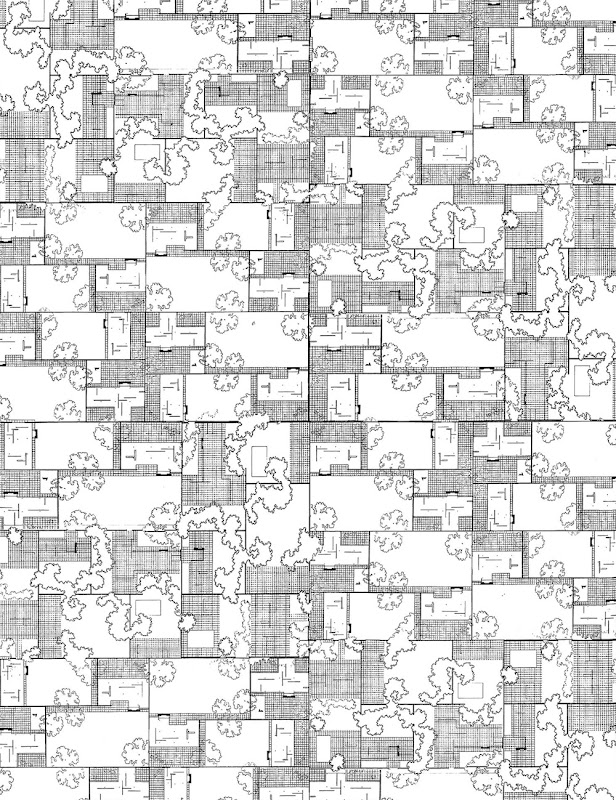Miesology
Piet & Win Eckert (E2A)
Perhaps nothing epitomizes modern architecture’s transformation from an avant-garde utopian project into built reality more clearly than the carrer of Ludwig Mies Van Der Rohe. The German architect’s output in the first decades of the twentieth century remained, for the most part, limited to a few relatively humble houses as well as to a number of bold visions on paper that would haunt the profession’s imagination for decades to come - and apparently continue to do so. His emigration to the United States at the end of 1930’s marked the beginning of Modern Architecture’s fast embrace by the capitalist establishment. Far from its iconoclastic and radical beginnings, by the 1960’s Modern Architecture, and in particular its manifestation in the works by figures such as Walter Gropius or Mies Van Der Rohe, had become the architectural lingue franca in the western hemisphere, and the normative model of architectural production. Meanwhile in Cold War politics, features such as abstract reductionism or transparency were hailed as the architectural insignia of democratic and egalitarian societies. Although its predominance was soon challenged by a younger generation of architects who whould become the protagonists of postmodernism. Mies’s proposal a seemingly timeless architectural grammar consisting of a limited number of formal elements has remained a reference - and a challenge - for practitionners to the present day.
The ongoing fascination with Mies’s architectural language is not surprising, for it seems reduced to the point of indeterminacy, leaving ample space for projection and speculation, while simultaneously manifesting a superior understanding of tectonics and the inherent qualities of materials. What renders his model compelling from a contemporary perspective is the reduction of architecture to a limited number of discrete modules or elements that can be reassembled and reproduced seemingly at will. In this regard, Mies’s conception represents not only a pertinent architectural answer for the « age of technical reproductibility», but arguably, also a historical precusrsos to the digital age. Seen in this way, as E2A has suggested in their theoretical Miesology project, the architectural and spatial configurations developend by Mies in the mid-twentieth century may be seen as a formal source from which in an almost digital manner an infinite number of architectural variations can be assembled based on a finite numbers of elements. Miesology is a series of a dozen or so photomontages created by E2A with the help of their photocopier and based on reassembly of fragments of Mies’s projects into new configurations.






Aucun commentaire:
Enregistrer un commentaire